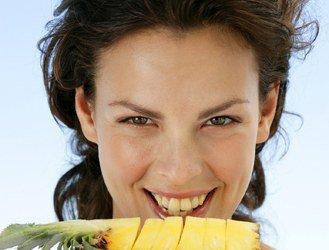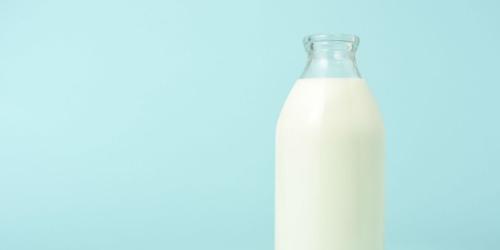Grape against cellulite
The fight against cellulite
Melon against cellulite
Cherry against cellulite
Pineapple against cellulite
Fig against cellulite
The fig has many virtues. Nutritive, digestible, laxative, diuretic , it is rich in calcium, magnesium, vitamins A, B1, B2 and C.
Fruit of the fig tree, the fig is not what is called a "real" fruit , but only a fleshy receptacle that houses a very large number of crunchy seeds that are them, the real fruits.
It is poorly preserved , and is often dried for easier consumption. Sweet fruit (15 grams of sugar per 100 grams of figs), it is rich in fiber , minerals and vitamins of group B. The fresh fig is less caloric (60 kcal / 100g) than the dried one (230 kcal / 100g) .
Also find our topic on fat burning foods and our ad hoc diet to combat water retention problems .
Grape against cellulite
The grape has a diuretic and draining effect thanks to its high potassium level. There are many species . The 2 main ones are chasselas, the most famous; and Muscat, very much sought after.
It is a caloric fruit (70 kcal / 100g) and sweet (10 to 25g / 100g, depending on its maturity). It contains little vitamin C and is characterized by its vitamin B1 and B6 intake . Vitamin B1 (or thiamine) acts on the proper functioning of the nervous system, cardiovascular and gastrointestinal.
The grape is rich in tannins (proanthocyanidins, formerly called "vitamin P") and pigments (anthocyanins) with a protective effect on the cardiovascular plan.
The fight against cellulite
Ripe, the peach is diuretic and slightly laxative and activates difficult digestions. It is a refreshing and refreshing fruit.
There are two major species :
- The yellow peach
- The white fishing.
This fruit is very rich in water (90%) and low in calories (40 kcal / 100g).
Its sugar content is low (10g / 100g). All these properties make fishing the star in slimming diets , especially in summer.
It is a source of fiber (1.5g / 100g) especially pectin, promoting transit and soothing hunger. The presence of antioxidants (vitamins Cet A) in the peach contributes to the protection against cardiovascular diseases and the prevention of digestive cancers.
To note : it is a fragile fruit of difficult conservation ...
Melon against cellulite
The melon has a diuretic action and facilitates intestinal transit . It is a fruit rich in water (92%), and therefore very refreshing, low calorie (30 kcal / 100g) and its sugar content is variable (about 7g / 100g). Melon is rich in vitamin C and carotene , powerful antioxidants.
Melon has fibers (1g / 100g melon). It provides minerals (potassium).
Tip : Do not serve it too cold, it becomes in this case less tasty and less digestible.
Cherry against cellulite
The cherry stimulates both urinary and digestive elimination , allowing to "cleanse" the whole body of toxins accumulated in the body.
The tasting of this fruit is from mid-May to the end of July.
Note : the cherry is one of the most caloric red fruits . Eating 100 grams of cherries equals swallowing 70 kcal. It is also one of the sweetest fruits (15 grams of sugar per 100 grams of cherries).
It is rich in antioxidants , especially vitamin C and carotene, as well as minerals (potassium, iron).
And since everything is good in the cherry, tails in infusion also have a diuretic action . If you have a fragile bowel, consume the cherries in moderation or cook them.
Pineapple against cellulite
Pineapple is a fruit rich in potassium, citric acid, vitamins A, B and C , it is detoxifying and diuretic .
It helps to reduce cellulite and edema.
Ideal to eat when dieting ...



